At a recent event I had the joy of reintroducing Kindergarten activities to a group of educators. It was a simple project, really. With magazines, calendars, and books (yes, BOOKS) in hand, these very serious adults took on the task of cutting and ripping and tearing pieces in order to create a new piece of artwork. The fancy term, of course, is remix. It is a buzzword of this digital literacy age we’re in, and really an important way of thinking critically and imaginatively. Dr. Donna Alvermann and UGA doctoral candidate Crystal Beach set the stage for this particular presentation two years ago with their Becoming 3lectric project that set out to study remix in the digital space. The three of us collaborated on this event and presented together.
The energy in the room resonated with laughter and chatter – just as it should for a group of adults exploring their inner children. They shared their creations and admired each others’ work and the stories that accompanied them.
At the end of the session one participant struggled with how to connect everything together in her own mind relating to her students, her classes, and her own realities. She enjoyed the project itself because it was a fun release in an information heavy conference, but the rationale for its importance eluded her. In her attempt to make me understand, she pointed to the discarded remnants of the pages she didn’t use and said, “But what about the leftovers?”
The leftovers. I was in the process of cleaning the room for the next session coming in, but her question stopped me cold. Maybe it was the moment, but I suddenly thought, not so much about the leftover materials, but about the leftovers. The materials, after all, were outdated and used things that were already bound for the refuse bin, so the paper scraps and bits were not the actual issue, at least not in my mind.
No, what struck me was that, in my enthusiasm for a hands-on fun learning experience, I neglected to fully engage a whole segment of the audience: those who are uncomfortable with the messiness of learning unless they understand the rational behind it. Most people are game to try new things if they know why it matters. Some people don’t need to know why before they jump in with total abandon. And others, like myself, enjoy the process of constructing meaning from the exercise that makes sense with our own points of view. Most of the people who chose to attend this session fit one of these three categories, but there was a under-represented fourth group that deserved a better answer that I was unprepared to give.
So, why do this project and how does it fit into the real world of the English Language Arts classroom? I think one reason is the connections we make between others who wander the planet with us. When we remix work done by others into something new, we insert our lives into theirs and we become co-constructors of meaning and relationship even though the players may never meet.
What do we know based on this interaction? Maybe knowing is in the experience of mingling our thoughts with the ideas of others. Dewey wrote about the experimental practice of knowing and certainly remix is active experiment. What do we learn about ourselves, our identities, and maybe our insecurities through a process of remix? Are we making a statement that perhaps our version of other people’s work is superior? Or do we unveil our own uncertainties about our own contributions to the dialogue around us?
This is a discussion worth having, particularly as paradigms about education and knowing shift under our feet. Once education focused on survival skills and community support. It was practical, ensuring students could read and write enough to be considered literate, and to be able to function sufficiently in mathematics to be a contributor to a local economy. More recently the standardized multiple choice test became the dominant measure of knowing something. This policy, long criticized by classroom teachers, now faces refinement and no one is quite sure yet what the next step will look like. But educators still hold to the heart of their passion: teaching students, not to take tests, but to survive and thrive in a rapidly changing world. Remix may not change the world, but it can change a child in a classroom who is given the freedom and opportunity to explore him/herself by interacting with the words and art of those who have gone before.
And that’s why it matters. Not just because it’s fun, but because the opportunity for reflection and connection creates meaning between generations and people and cultures. Because, while there may be students who know who they are and don’t mind messy exploration, there are others who identify more with the leftover scraps than the whole pieces. I created this piece with the same scraps that had so bewildered our participant. The purpose may not always be obvious, but it is present.

There are no leftovers; only beauty waiting to be discovered.
References
Dewey, J. (1984). The play of ideas. In J.A. Boydston (Ed.), John Dewey, the later works. Volume 4: 1929, The quest for certainty. Carbondale and Edwardsville, IL: Southern Illinois University Press.
Ganzel, B. (2007). Education in rural America. Retrieved from http://www.livinghistoryfarm.org/farminginthe50s/life_12.html









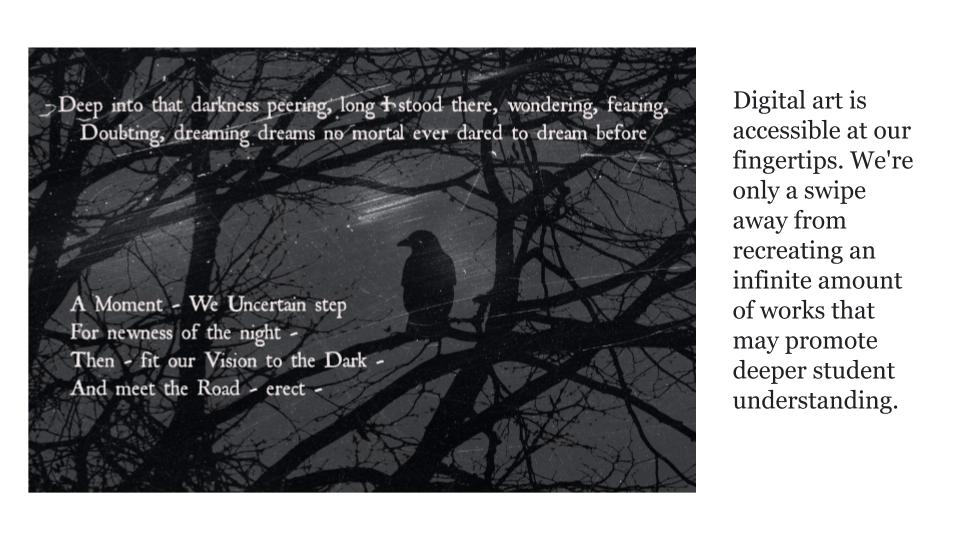


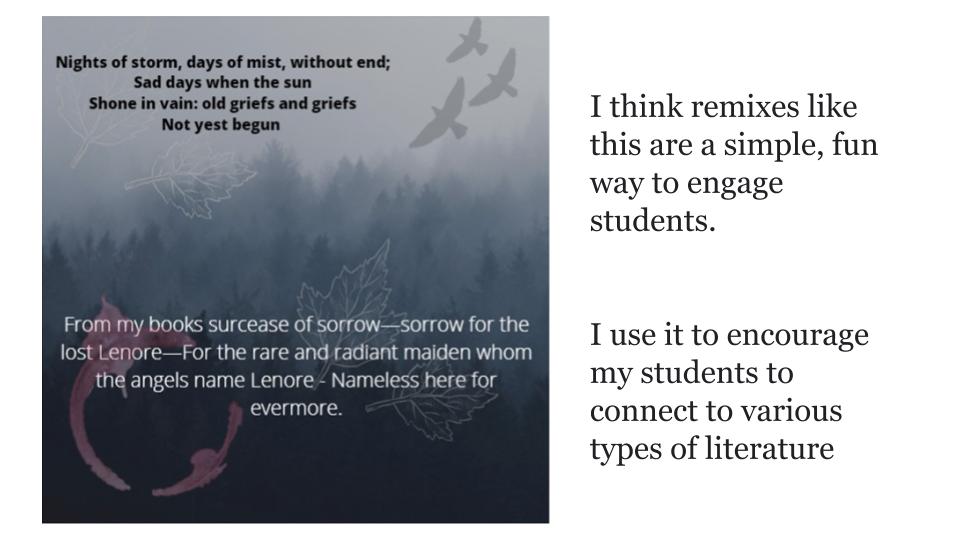

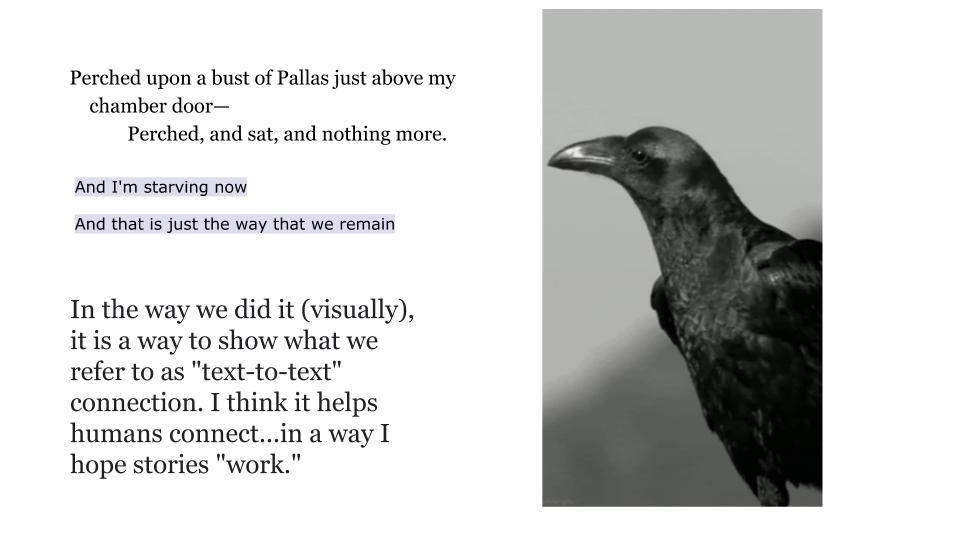



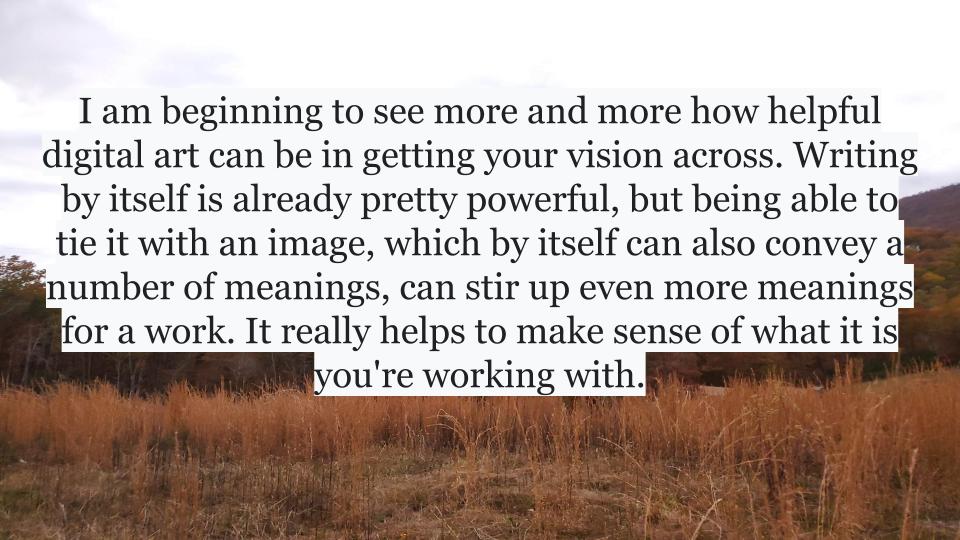






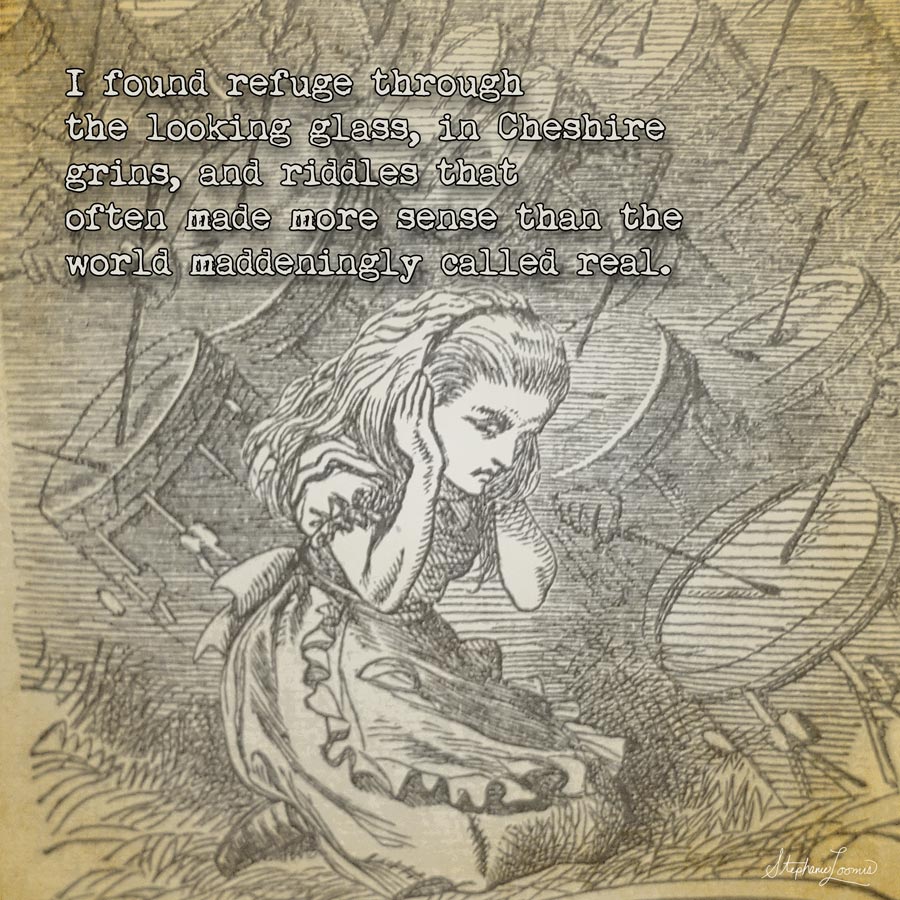

You must be logged in to post a comment.